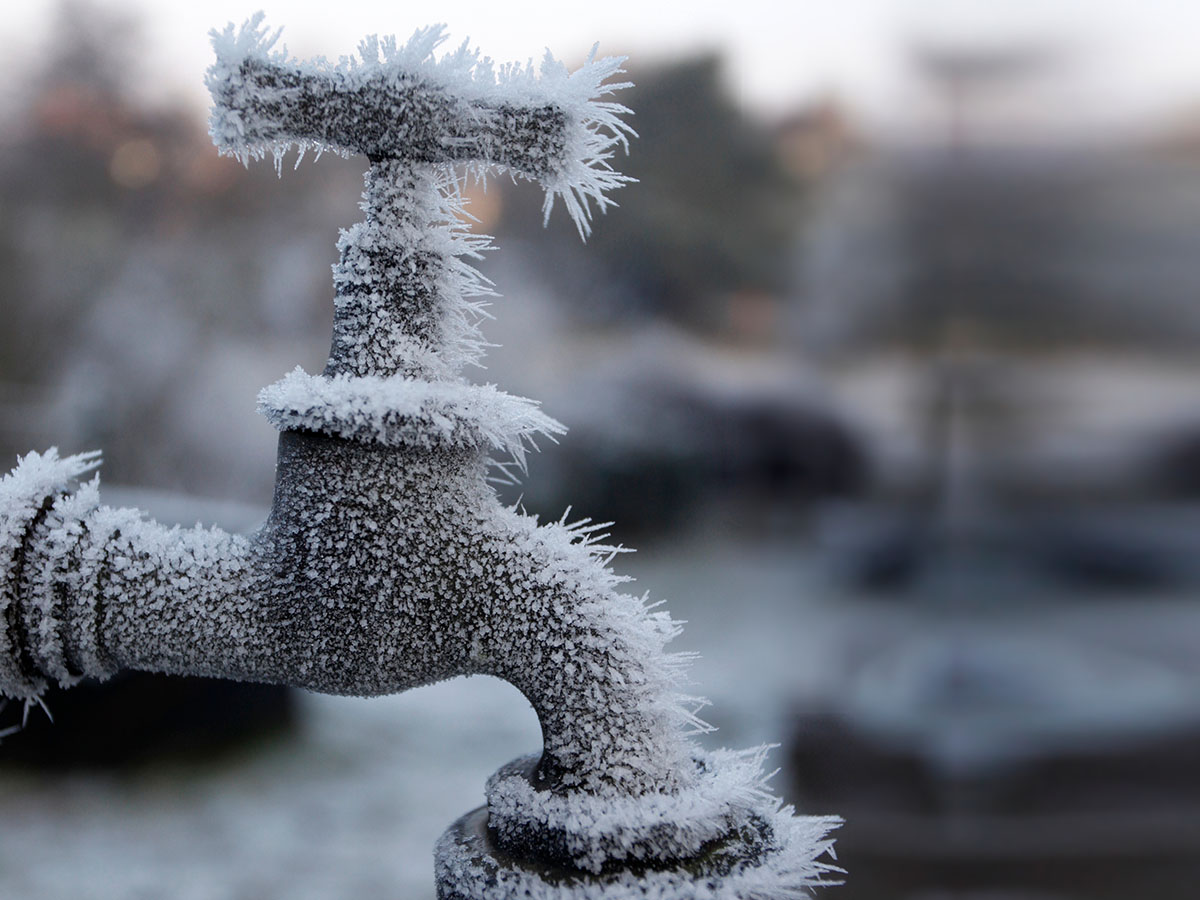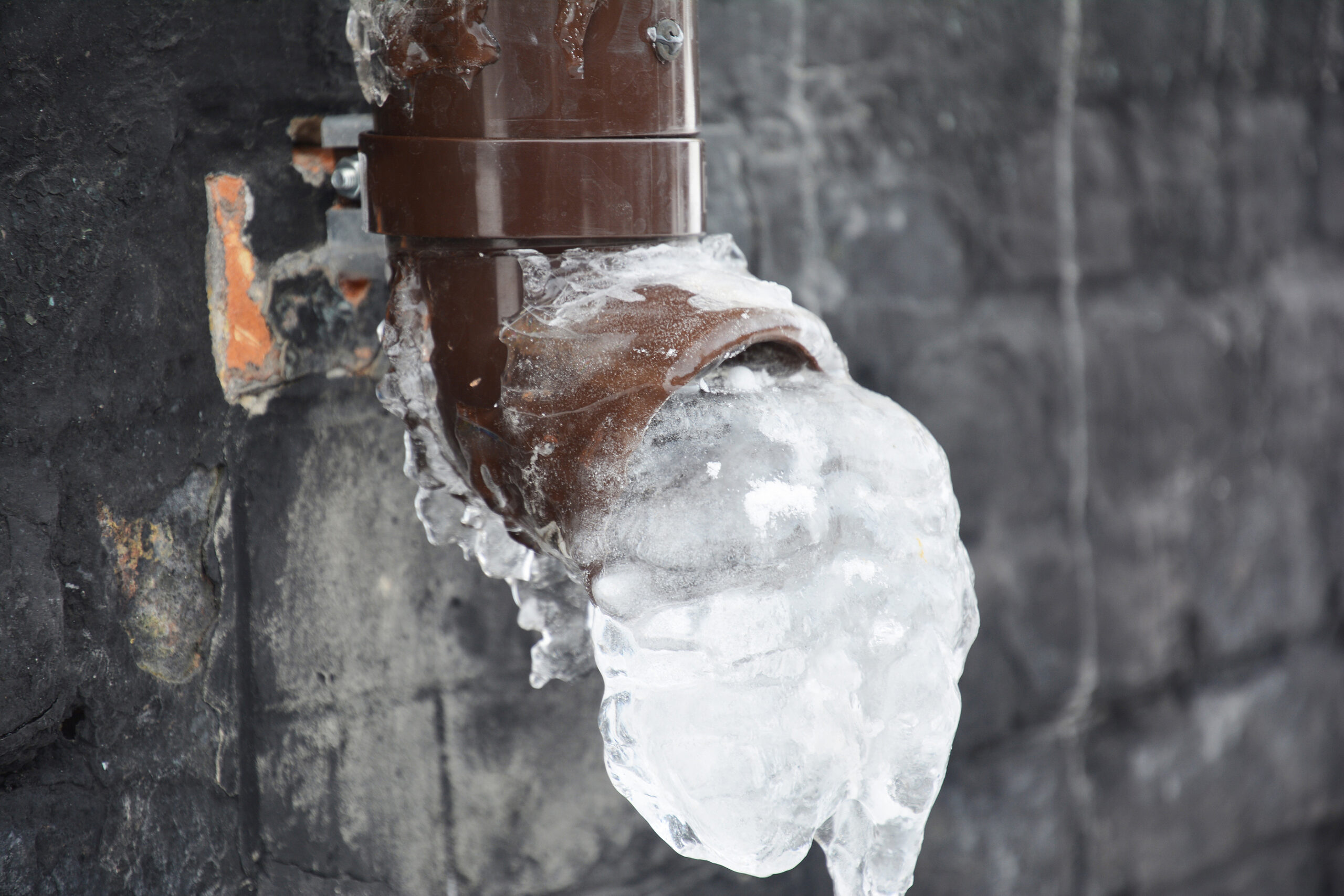Avoiding Frozen Pipes in Cold Weather: Essential Strategies
Avoiding Frozen Pipes in Cold Weather: Essential Strategies
Blog Article
This article on the next paragraphs about How to Prevent Your Pipes From Freezing is extremely entertaining. You should take a peek.

Cold weather can damage your pipes, especially by freezing pipelines. Right here's just how to prevent it from occurring and what to do if it does.
Intro
As temperatures decrease, the threat of frozen pipes rises, potentially bring about costly repair services and water damages. Recognizing how to avoid icy pipes is critical for homeowners in cold climates.
Prevention Tips
Protecting prone pipelines
Cover pipelines in insulation sleeves or utilize warm tape to secure them from freezing temperature levels. Concentrate on pipes in unheated or exterior locations of the home.
Heating strategies
Keep indoor rooms properly heated, specifically areas with pipes. Open up cabinet doors to permit cozy air to flow around pipes under sinks.
Just how to recognize icy pipes
Look for decreased water circulation from faucets, unusual smells or noises from pipes, and noticeable frost on subjected pipes.
Long-Term Solutions
Architectural modifications
Consider rerouting pipelines away from outside walls or unheated locations. Add extra insulation to attic rooms, basements, and crawl spaces.
Updating insulation
Invest in high-grade insulation for pipes, attic rooms, and walls. Appropriate insulation helps preserve regular temperatures and reduces the threat of icy pipes.
Safeguarding Outside Plumbing
Yard pipes and outside faucets
Separate and drain pipes yard hose pipes prior to winter season. Mount frost-proof spigots or cover outside taps with insulated caps.
Comprehending Icy Pipes
What causes pipes to ice up?
Pipes ice up when subjected to temperature levels listed below 32 ° F (0 ° C) for extended periods. As water inside the pipes freezes, it broadens, taxing the pipeline wall surfaces and possibly creating them to rupture.
Threats and problems
Icy pipelines can bring about supply of water disruptions, building damages, and costly repair services. Burst pipes can flood homes and create considerable architectural damage.
Signs of Frozen Pipes
Recognizing icy pipes early can stop them from breaking.
What to Do If Your Pipes Freeze
Immediate activities to take
If you presume frozen pipelines, keep taps available to alleviate stress as the ice melts. Use a hairdryer or towels taken in warm water to thaw pipes slowly.
Verdict
Avoiding icy pipelines requires positive actions and quick actions. By recognizing the causes, indications, and safety nets, home owners can protect their plumbing during winter.
6 Proven Ways to Prevent Frozen Pipes and Protect Your Home
Disconnect and Drain Garden Hoses
Before winter arrives, start by disconnecting your garden hoses and draining any remaining water. Close the shut-off valves that supply outdoor hose bibs and leave the outdoor faucet open to allow any residual water to drain. For extra protection, consider using faucet covers throughout the colder months. It’s also important to drain water from any sprinkler supply lines following the manufacturer’s directions.
Insulate Exposed Pipes
Insulating your pipes is an effective way to prevent freezing. Pipe insulation is readily available at home improvement stores and is relatively inexpensive. Pay close attention to pipes in unheated areas such as the attic, basement, crawl spaces, or garage. Apply foam insulation generously to create a buffer against the cold. You can also wrap your pipes in heat tape or thermostat-controlled heat cables for added warmth.
Seal Air Leaks
Inspect your home for any cracks or openings that could let in cold air. Seal any holes around the piping in interior or exterior walls, as well as the sill plates where your home rests on its foundation. Additionally, make sure to keep your garage door closed unless you’re entering or exiting. Leaving it open creates a significant air leak that can lead to frozen pipes.
Allow Warm Air Circulation
During cold snaps, it’s essential to allow warm air to circulate evenly throughout your home. Leave interior doors ajar to promote better airflow. Open kitchen and bathroom cabinets to help distribute heat consistently around the rooms. If you have small children or pets, be sure to remove any household chemicals or potentially harmful cleaners from open cabinets for safety.
Let Faucets Drip
A small trickle of water can make a big difference in preventing ice formation inside your pipes. When temperatures drop significantly, start a drip of water from all faucets served by exposed pipes. This continuous flow helps prevent the water from freezing. Additionally, running a few faucets slightly can relieve pressure inside the pipes, reducing the chances of a rupture if the water inside does freeze.
https://choateshvac.com/6-proven-ways-to-prevent-frozen-pipes-and-protect-your-home/

As a reader about Prevent Frozen Pipes , I think sharing that excerpt was essential. Loved our blog entry? Please quickly share it. Let somebody else find it. I am grateful for being here. Come back soon.
Book Instantly Report this page